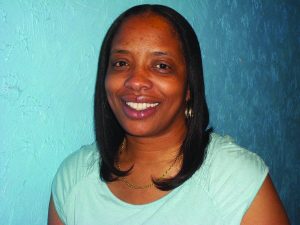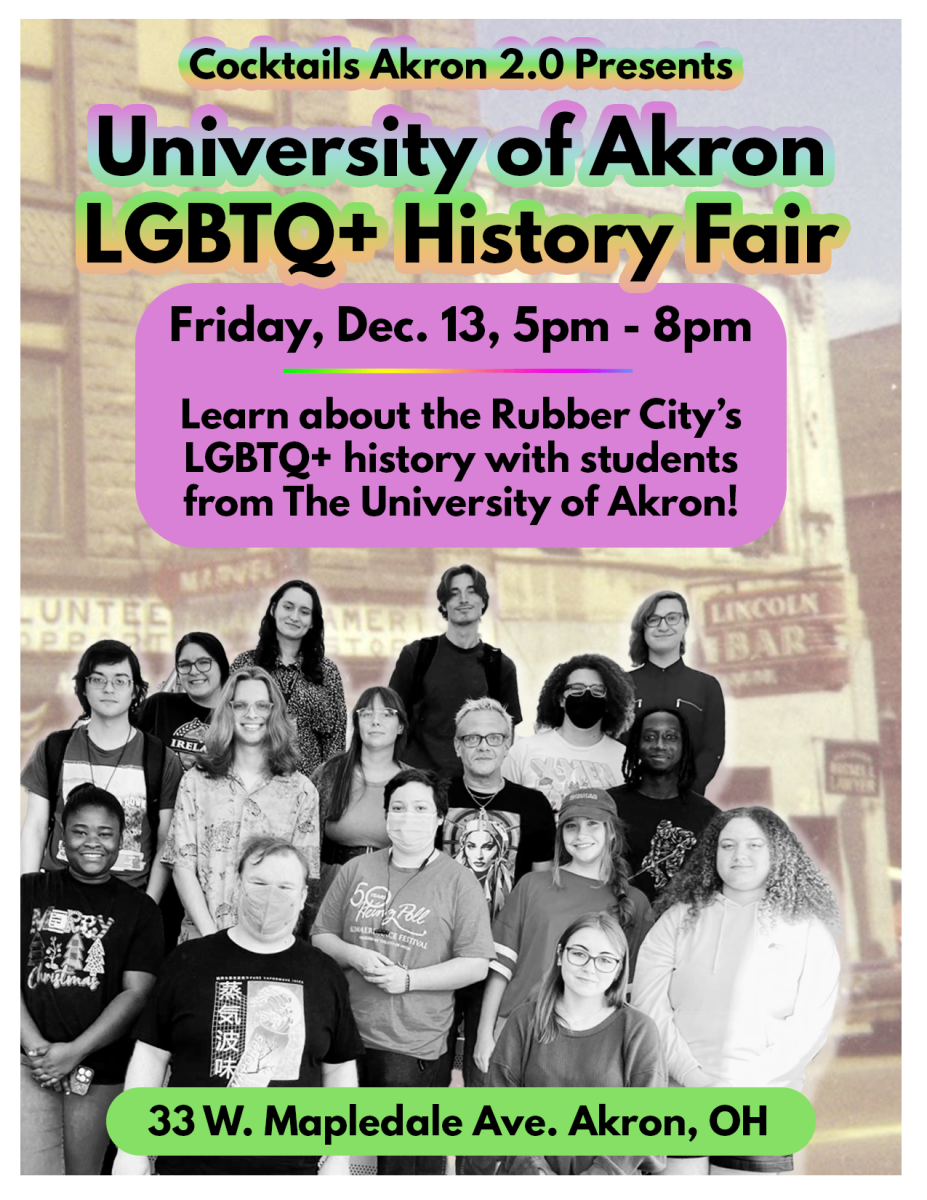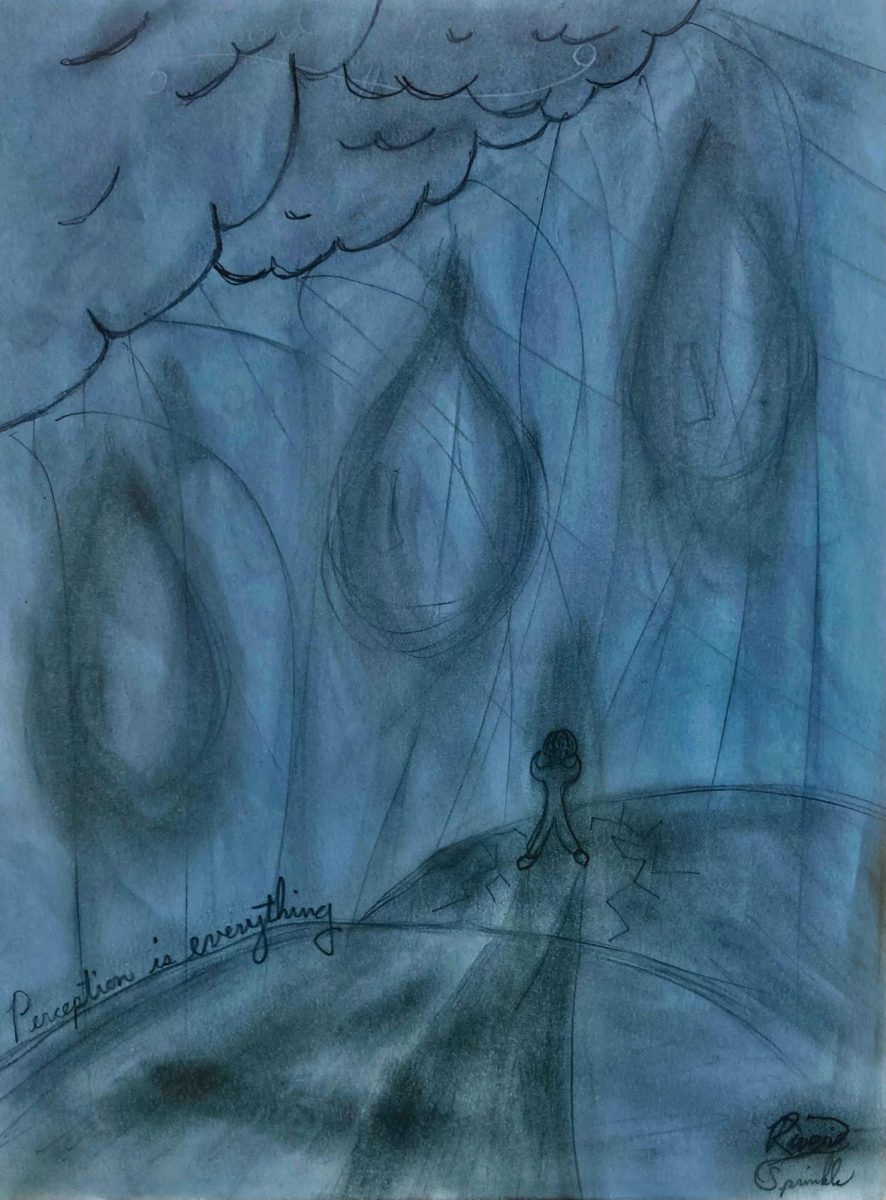Nursing students discuss Traditional Chinese Medicine
October 15, 2013
There has been a debate among scientists and scholars in regards to whether holistic forms of medicine are beneficial or simply the latest form of snake oil. Last summer, five students from The University of Akron’s School of Nursing, along with professor Sheau-Huey Chiu, had the opportunity to visit Kaifeng, a city in the Henan province of China, where such a debate is not as prevalent as it perhaps is in
the U.S.
The students Becky Ciocca, Kate Cottrill, Michael Lionetti, Brittany Sanford and Brittany Hirth worked side by side with students from Henan University and witnessed firsthand the implementation of what is called Traditional Chinese Medicine, or TCM (acupuncture and herbal therapy are a few examples).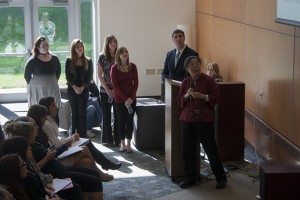
The University of Akron’s traveling nursing students presented a slideshow of their journey last Wednesday, including photographs of the long, arduous layovers they had to endure in order to reach their destination. They displayed photos of the patients whose treatment they had overseen and explained the numerous differences between how nurses function in China and how they function in the U.S.
One such example is the way in which patients are rationed to the nurses. In the United States, teams of nurses oversee the treatment of a select portion of patients.
In Kaifeng, the nurses handle their patients as one big collective squad. There is no debate as to whether the doctors and nurses in China and other regions which utilize TCM mean well by implementing such medicine; they certainly do.
However, whether or not TCM has any medical value has yet to be seen, and as a matter of fact, there have been many studies conducted on different forms of TCM that have shown the dangerous and unethical aspects of the practice.
According to an article in Science magazine, “Dangers of Chinese Medicine Brought to Light by DNA Studies,” researchers at Murdoch University in Australia analyzed 15 samples of TCM that had been confiscated by Australian border officials. Through numerous DNA tests, the researchers found that “some products contained material from animals classified as vulnerable or critically endangered, such as the Asiatic black bear and the Saiga antelope.” Bile is extracted from living black bears and, once in a powdered form, mixed in with other materials and sold as medicine.
The researchers also found that the medicine often contained ingredients that were not mentioned on the packaging, including members of “68 different plant families, among them plants of the genera Ephedra and Asarum,” both of which “contain toxic chemicals such as aristolochic acid, a compound banned in many countries because it causes kidney disease and cancer of the upper urinary tract (UUC).”
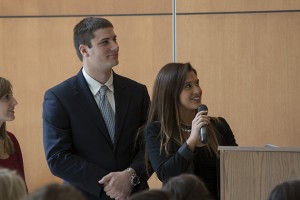
Another study was conducted at Linköping University in Sweden, where researchers gave one portion of their patients acupuncture and “sham acupuncture” to the others. They found that there was no significant difference in the responses from either population, and that brings the accuracy of the TCM meridian map (a picture of a human body used by acupuncturists) into question.
Acupuncture has had a long battle with the “Western” scientific community, and for good reason. While numerous studies such as the one described above have shown that acupuncture provides little more than a placebo effect, there have been no studies that have adequately shown that acupuncture has any medicinal value.
The data collected by Akron’s nursing students in Kaifeng is currently unavailable. According to Sheau-Huey Chiu, we can expect to see the numbers in the spring. Whether their findings will show that TCM has any place in modern medicine, one cannot be sure.


